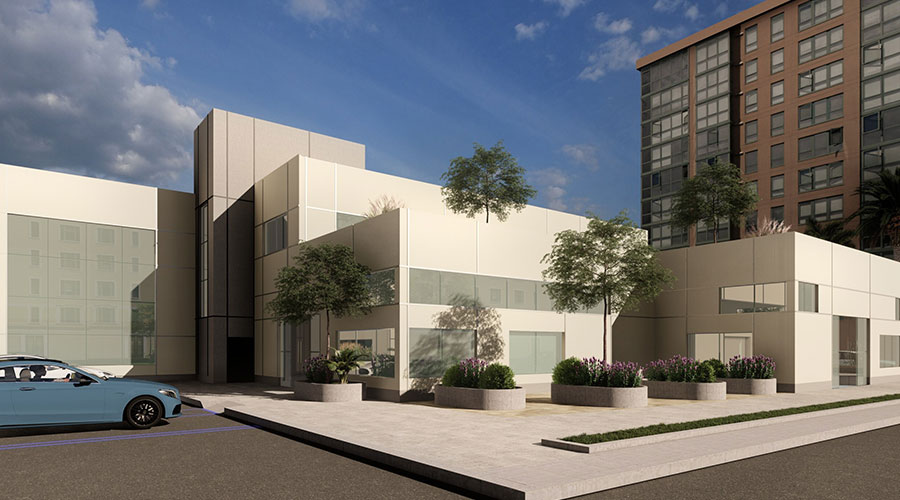The importance of hospital cleaning for controlling healthcare-associated infection (HAI) has taken years to acknowledge. Finding evidence for cleaning is compromised by the fact that modelling HAI rates against arbitrary measurements of cleaning and cleanliness requires universal standards, and these are not yet established.
Furthermore, the distinction between cleaning — soil removal — and cleanliness — soil remaining — is usually overlooked. Tangible benchmarking for both cleaning methods and all surface types within different patient treatment areas of the hospital would be invaluable for planning, monitoring and specifying the tasks of the environmental services department.
In 1974, the American Hospital Association’s Committee on Infections within Hospitals said, “The occurrence of nosocomial infection has not been related to levels of microbial contamination of air, surfaces, and fomites. So that meaningful standards for permissible levels of such contamination do not exist.”
A comment in the Journal of Hospital Infection in 1988 broadly concurred, saying the condition of surfaces being cleaned, frequency of cleaning and cleaning methods in the UK hospitals were unlikely to have a major effect on the number of patients being infected.
It was assumed that organisms on hard nonporous surfaces were merely innocent bystanders, rather than a source of patient colonization. Knowing the precise number of organisms present in the environment “without being aware of their nature” would not be a relevant measure of infection risk and would not justify the time and expense of measurement.
The question asked 50 years ago remains unanswered in 2023: How clean is clean when it comes to environmental surfaces? This is predominantly a functional and aesthetic value rather than microbiological. But the environment should be clean enough not to cause concern to the patients, and it should be microbiologically safe.
At a minimum, cleaning must achieve a state of sanitation. For an environment to be considered sanitary, it must be cleaned to the point that it protects human health in general. Though it still might be contaminated, the risk of disease is at an acceptable level or fit for purpose.
Unsanitary conditions pose a likely health risk. The purpose of cleaning is to correct the risky condition. Therefore, if a risk has not been improved to a level considered sanitary, Fit for Purpose has not been accomplished. The goal of cleaning and disinfecting processes is to return frequently touched surfaces to Fit for Purpose condition.
The choice of microbiological standards depends on multiple factors, so all healthcare facilities should decide on the standard that works for them. Once implemented, the data can be collected over time and analyzed according to HAI risk. Every hospital is different. Universal hard surface standards require serious background data, as well as consensus over cleaning practices.
If managers and staffs cannot treat infection, they should at least try to prevent pathogens from reaching patients in the first place. Removing dirt from surfaces, whether visible or not, is fundamental to better patient outcomes.
J. Darrel Hicks, BA, MESRE, CHESP, Certificate of Mastery in Infection Prevention, is the past president of the Healthcare Surfaces Institute. Hicks is nationally recognized as a subject matter expert in infection prevention and control as it relates to cleaning. He is the owner and principal of Safe, Clean and Disinfected. His enterprise specializes in B2B consulting, webinar presentations, seminars and facility consulting services related to cleaning and disinfection. He can be reached at darrel@darrelhicks.com, or learn more at www.darrelhicks.com.

 UF Health Hospitals Rely on Green Globes to Realize Their Full Potential
UF Health Hospitals Rely on Green Globes to Realize Their Full Potential How Healthcare Facilities Can Be Truly Disaster-Resilient
How Healthcare Facilities Can Be Truly Disaster-Resilient TriasMD Breaks Ground on DISC Surgery Center for San Fernando Valley
TriasMD Breaks Ground on DISC Surgery Center for San Fernando Valley Bigfork Valley Hospital Falls Victim to Data Breach
Bigfork Valley Hospital Falls Victim to Data Breach AI-Driven Facilities: Strategic Planning and Cost Management
AI-Driven Facilities: Strategic Planning and Cost Management